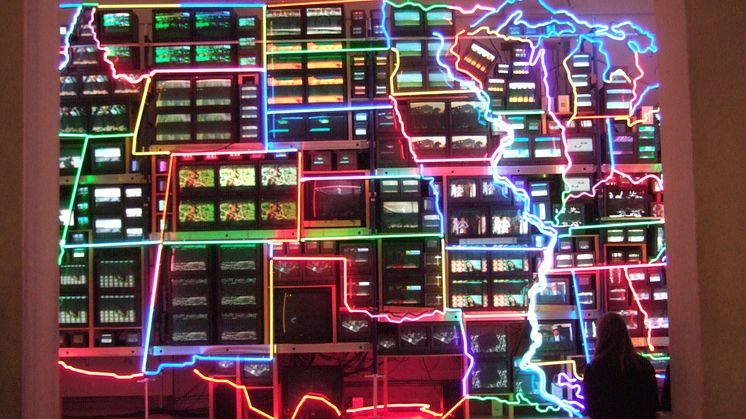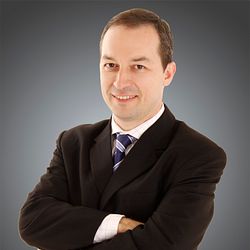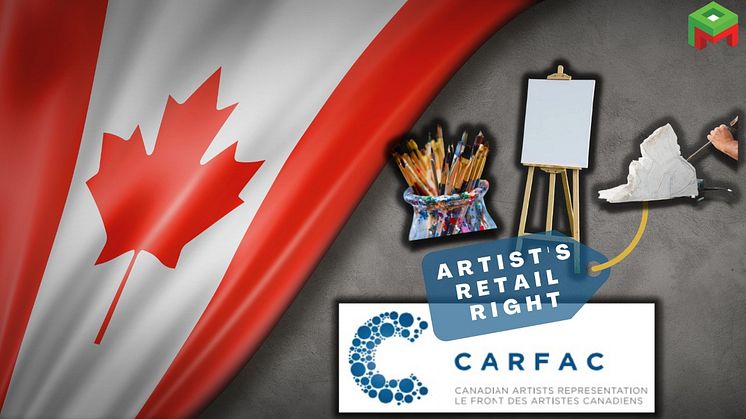
News -
When is fair use of copyrighted materials really fair?
A landmark visual art exhibition is taking place in Singapore’s National Gallery museum right now — the first comprehensive institutional survey of Nam June Paik’s work in Southeast Asia.
This South Korea-born artist was a major figure in the avant-garde movements of the 20th century, and is widely recognised as a pioneer of video art.
That aspect of his work is very much evident in Electronic Superhighway, an iconic Paik work (whose title is still used today to refer to the digitally connected world of the Internet). Comprised of 336 televisions and 50 video casette players, this installation piece uses different video clips to represent each state in the USA. For instance, the American state of Kansas is represented by clips from the movie The Wizard of Oz.
When intellectual property lawyer Ryanne Duffie Saucier saw this work in the Smithsonian American Art Museum in 2015, she was struck by how this artwork illustrated key aspects of American copyright law.
In her blog, she writes: “How did Paik use other’s copyrighted films, news programs and music videos without creating copyright infringement? Did he take the time and more importantly, spend the money to get licensing for all of those film clips? Paik’s work is the embodiment of transformative use, as has developed through the doctrine of fair use.”
Understanding fair use and transformative use
Fair use and transformative use are terms that innovators, especially creatives, will find valuable to understand. According to the American Bar Association (ABA), when a copyrighted work is used for “for purposes of criticism, comment, news reporting, scholarship, or research”, that is considered fair use.
However, deciding whether something is fair use in a court of law is often not a clear-cut process, especially when it comes to cases of artistic creation. That’s because courts want strike a balance between protecting the copyrights of artists who created the original works being used by other artists, while also not stifling the creativity of these later artists. In other words, what’s at stake here are keystone cultural values of freedom of expression and fostering innovation.
There are four factors that courts must consider when it comes to fair use:
- The purpose and character of the use, including whether the use is of a commercial nature
- The nature of the copyrighted work
- How much of the work was used compared with the work as a whole
- Whether the use affects the potential market for or value of the copyrighted work
Transformative use is typically considered under the first factor — namely, the character of the use.
“According to federal appellate courts in New York, a new work is deemed transformative of the original work ‘if looking at the works side-by-side, the secondary work has a different character, a new expression, and employs new aesthetics with creative and communicative results distinct from the original,’” the ABA explains. “The more transformative characteristics the secondary work claims, the stronger the fair use defense. A new work that uses the copyrighted work as a raw material must include new information, aesthetics, or context for the court to consider it transformative.
In the case of Electronic Superhighway, Saucier writes: “The use of small clips of film surrounded by neon lights, coupled in groups of televisions and displayed on a giant wall is THE visual definition of transformative. It is fundamentally different from how the creators of the films ever imagined it being used. It is so creative and adds so many other creative elements that one could not argue it could be a possible logical derivative work originally anticipated by the film creators.”
The use of very short movie clips also make the case for fair use quite strong, as these would not allow viewers of this installation to see these films in their entirety, and the artwork is unlikely to negatively impact the commercial value of these cited films.
What creatives need to know
Whether Paik was aware of these copyright concerns when creating this piece, or simply lucked into a legally favourable use of original copyrighted materials is unclear. For its part, the ABA recommends that artists contemplating projects of this bent should seek legal advice at the conceptual stage, because judicial precedent concerning fair use has been highly dependent on the contexts of individual cases.
The prudent first step is to seek permission from the copyright owner and explore licensing opportunities, the ABA suggests. When that is not possible, for whatever reason, then the fair use defense comes into play.
In such cases, “the client and the attorney must collaborate to determine potential risks”, the ABA recommends. “Regardless of the legal technicalities that a transformative fair use assessment involves, there are also business considerations, e.g., the costs of litigation versus the licensing fees. In addition, the client might want to take advantage of the fair use defense to push the boundaries of creativity. The client’s artistic and creative goals are important considerations because these factors are intimately related to the ultimate notoriety and recognition the artist is looking to achieve. The client should make an informed decision with the advice of counsel before exploring transformative uses.”
PitchMark helps innovators deter idea theft, so that clients get the idea but don’t take it. Visit PitchMark.net and register for free as a PitchMark member today.




